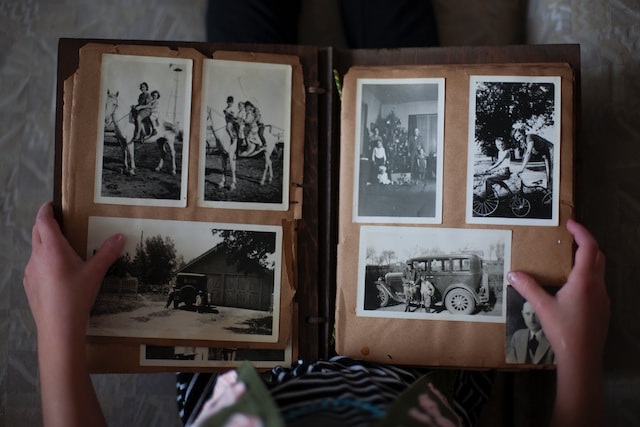Creating a positive and supportive environment is crucial in memory care. Where individuals dealing with Alzheimer’s disease and dementia and confined to a protective and safe place. A well-designed facility with thoughtful activities can help impact the well-being of residents and contribute to preserving their cherished memories. Looking into the key elements of crafting and entering the environment and implementing activities that can foster memory preservation plays such a vital role.
Memory-Preserving Activities
Personalized Memory Boxes
Providing residents with personalized memory boxes filled with familiar things, mementos, photographs, and so much more, can trigger positive memories and create a tangible link to their past.
Music and Art Therapy
Both music and art have powerful effects on memory recall and emotional well-being. Integrating music and art therapy and daily activities can be a delightful way to engage residents in many ways and help them with their memories. Art and music can really hold memories and can help individuals remember things from the past and what they have done before. It can connect things to specific memories and moments in their lives.
Sensory Stimulation
Engaging the senses through activities with tile experiences in other ways can ensure positive memories and provide a calming effect in the resident’s lives.
Reminiscence Therapy
This therapeutic approach involves discussing experiences, engaging in conversations about personal history, and looking at photos. This can help residents connect their own lives and stories to the past and what they’re dealing with now.
Structured Routine
Establishing a daily routine helps residents feel more in control and secure during their daily lives. Consistency and activities, sleep schedules, meals, and everything else that they do, contribute to a sense of stability and a safe place.
Designing a Comfortable and Safe Environment
Clear Signage
To reduce anxiety and confusion, clear and easily understandable signage can help residents throughout the facility and maintain a self of independence. This helps make sure that they know where they’re going and helps them be in a safe place instead of wondering where they are.
Secured Spaces
Designing secure areas within the facility helps prevent wandering and ensures the safety of all the residents who will be there. Contributing to a secure environment every single day helps the residents be safe and to know where they are at all times.
Natural Light and Access to Nature
Incorporating natural light and outdoor spaces into the design of the facility promotes a connection with the external environment. This has positively impacted the resident’s mood and overall well-being when being exposed to the sun and nature outside.
Home-like atmosphere
Memory Care Assisted Living Facilities strive to mimic a home-like atmosphere to provide a sense of familiarity and comfort to the residents. Warm colors, cozy furnishings, and personalized spaces help residents feel more at ease and like at home. Making sure that they have personalized things from their lives and tangible items that bring up happy memories, is very vital to their happiness and their room. You can bring things that make it more personalized and things that the resident prefers so that they can be more confident and happy where they are at.
Creating an environment that prioritizes safety, comfort, and engagement is fundamental to the success of memory care. Incorporating thoughtful designs and elements and making sure to implement activities that stimulate memory and emotional connections, can significantly enhance the quality of life of an individual facing cognitive challenges. The preservation of memory, along with passionate care, forms the foundation of a great approach to memory care and helps the residents have a sense of home and make sure that they remember all the memories that they can!

0 Comments